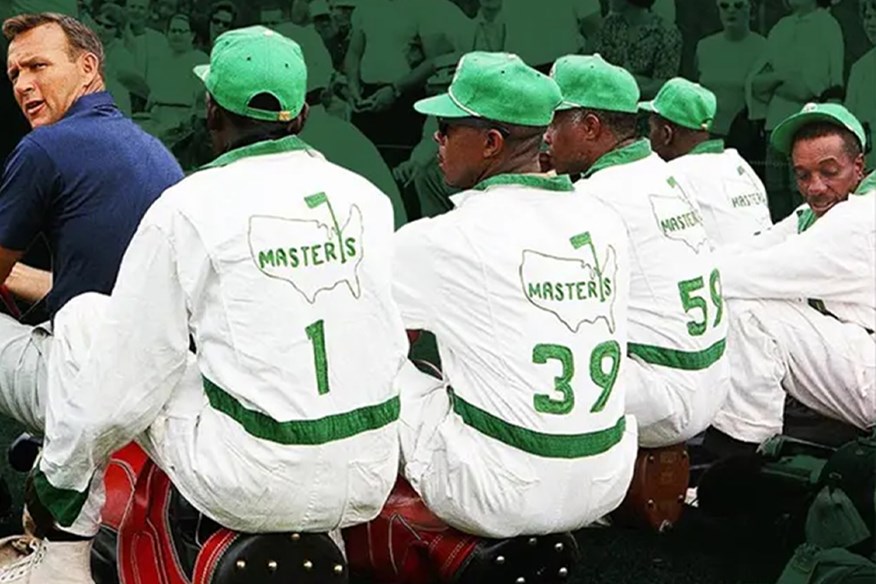The unsung legends of Augusta: Inside the story of the Masters’ most iconic caddies
Published:
The caddies of Augusta National are just as iconic as the club’s azaleas and Green Jackets, but their role in the Masters is too often overshadowed.
When you think about Augusta National, the first images that probably come to mind are blooming azaleas, the pristine fairways, and of course, the iconic Green Jacket. But there’s another piece of Masters history that’s every bit as legendary – and far too often overlooked.
We’re talking about the caddies.
White jumpsuits, deep roots
The white jumpsuit, green cap, and stoic presence have become symbolic of Augusta National. But behind the uniform lies a deep, rich legacy—= – one of loyalty, genius, and untold influence. These aren’t just bag carriers. These are men who helped shape Masters history from the shadows.
And no caddie casts a longer shadow than Willie “Pappy” Stokes.
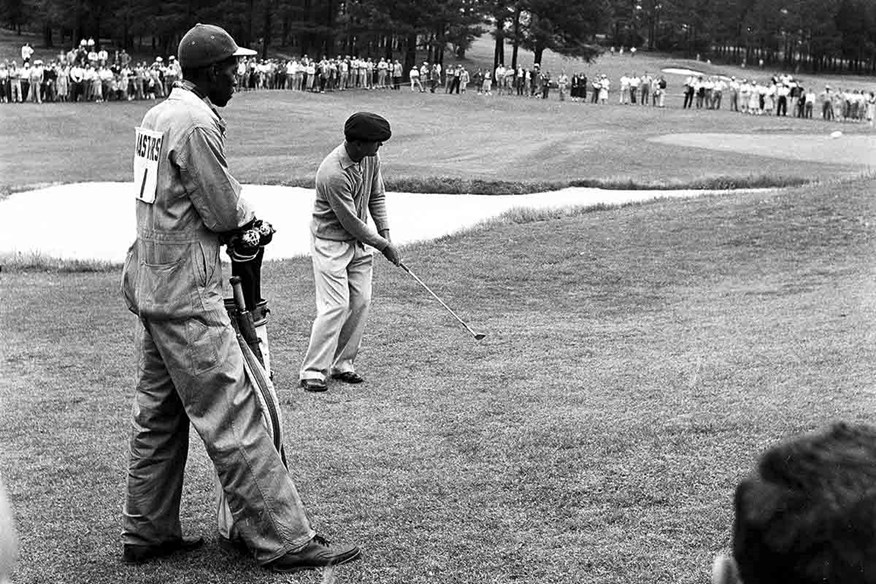
The boy who grew up with Augusta
Born on the property in 1922, Pappy Stokes quite literally grew up with Augusta National. His family lived on land that would soon become sacred golfing ground. At just 10 years old, he was hauling water for the crew that carved the course into the Georgia clay. By the time Bobby Jones opened Augusta in 1933, Pappy was ready – with an encyclopedic knowledge of every slope, runoff, and sneaky break.
He would go on to guide legends like Ben Hogan and Henry Picard to five Green Jackets. And his legacy? It lives on in every putt that breaks toward Rae’s Creek.
- THE MASTERS: The Champions Dinner: History and the menus
The secret language of Augusta
Long before yardage books and green-reading charts were in every player’s arsenal, Pappy was the guy showing younger caddies how to truly “read” Augusta. He was known to tell them, “Everything breaks to Rae’s Creek.” And it’s not a myth.
To this day, red dots mark the direction of Rae’s Creek on every green diagram in the caddie facility – silent nods to the knowledge passed down by the old guard.
A brotherhood built on knowledge and grit
During the club’s early decades, the caddie corps was made up almost entirely of young Black men from Augusta’s nearby neighborhoods. Many started at Augusta Country Club before graduating to the big leagues of Augusta National.
The work wasn’t just a job; it was a point of pride. They weren’t just trying to keep up with PGA Tour caddies – they believed they were better.
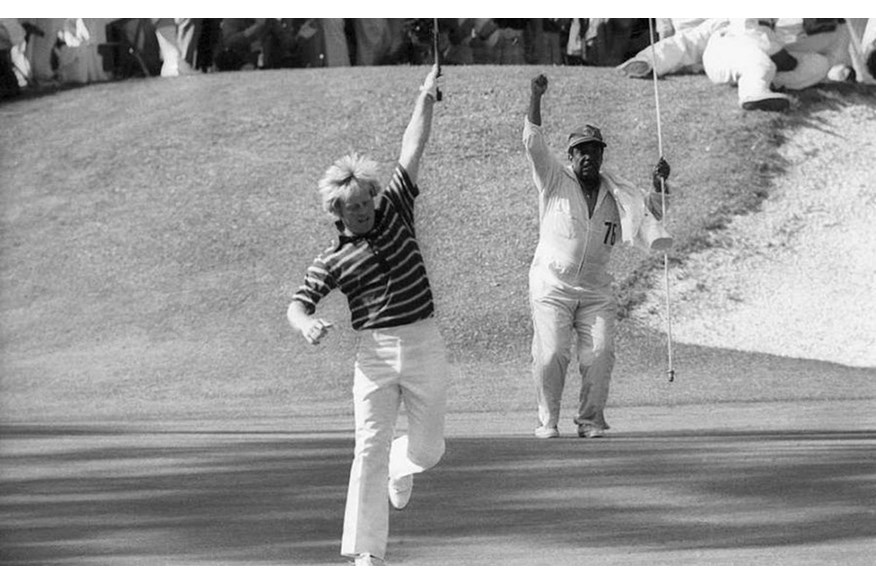
The Masters’ most legendary loopers
A few caddies rose to household-name status among the players, even if the wider world didn’t always recognize them.
- Nathaniel “Iron Man” Avery was Arnold Palmer’s right-hand man for four of his Masters wins. He famously fired up Arnie after a club toss in 1960 with the line: “Are we chokin’, Mr. Palmer?”
- Willie Peterson was a showman, dancing on the fairways and hyping the crowd as Jack Nicklaus tore through the field in the ’60s and ’70s. The two won five Masters together.
- Carl Jackson, who worked with Ben Crenshaw for decades, was so integral to Crenshaw’s process that he said: “Ben made me a part of his game. I felt like I had won, too.”
These men weren’t just caddies. They were strategists, psychologists, motivators – and sometimes comedians.
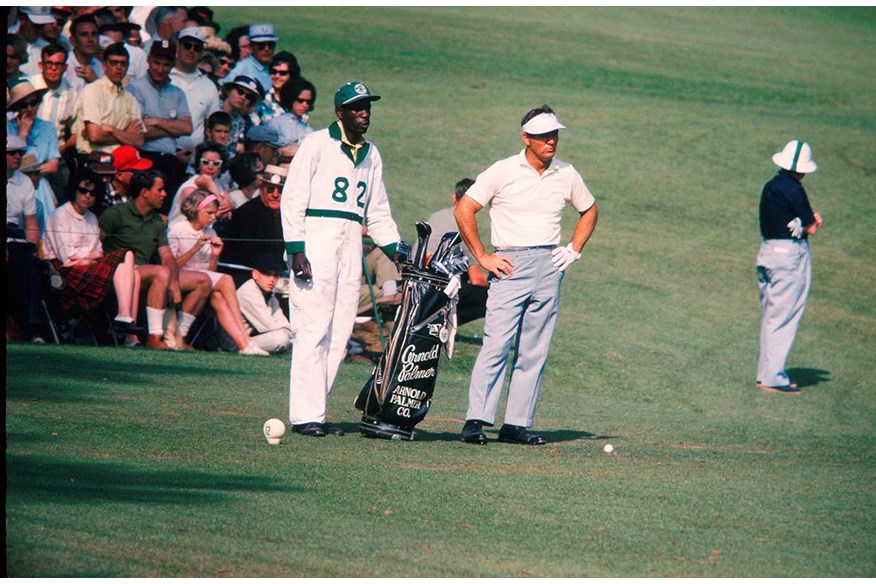
Nicknames, tall tales, and presidential praise
Every Augusta caddie seemed to come with a nickname and a story.
- John Henry “Stovepipe” Gordon was Gene Sarazen’s caddie in 1935 when the “Shot Heard ’Round the World” happened. He gathered that unimaginative nickname because he always wore a stovepipe hat – on and off the course.
- “Cemetery”, real name Willie Perteet, earned the name after surviving a stabbing… and waking up in the morgue. He was President Eisenhower’s go-to caddie on trips to Augusta.
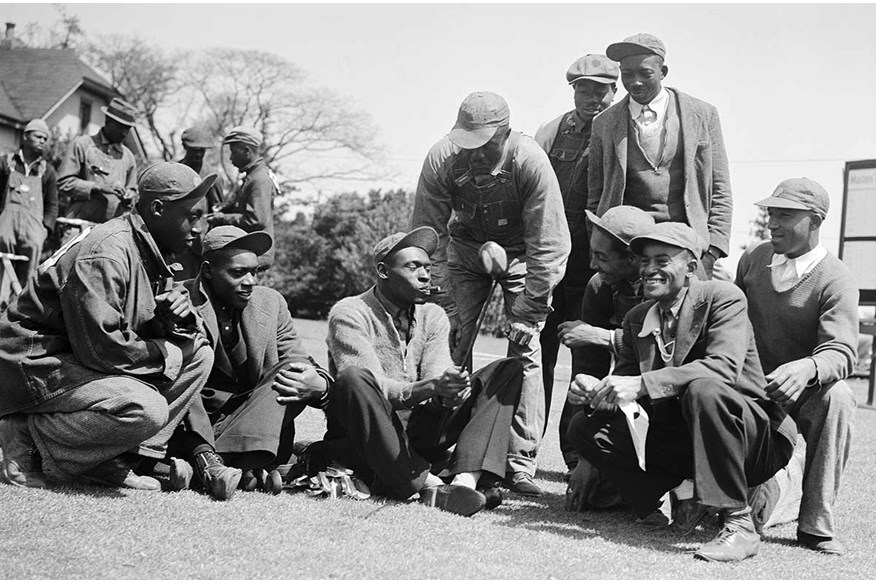
A tradition unlike any other… changed
In 1983, Augusta allowed PGA Tour caddies – mostly white and less familiar with the terrain – to replace the local legends. It was a turning point that many in the community still look back on with sadness.
And in 1996, Augusta handed caddie operations over to Caddiemaster Inc., turning what was once a tight-knit, brotherly culture into a more polished, corporate setup.
But the legacy still lingers. You just have to look for it.
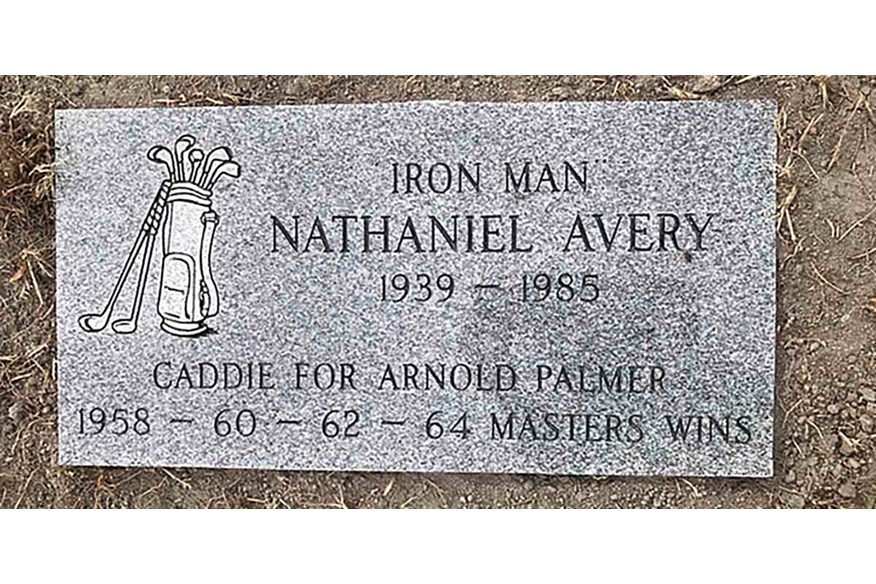
The film that brought it all together
If you’ve never seen Loopers: The Caddie’s Long Walk, do yourself a favor while you’re waiting for Masters TV coverage to start. Narrated by Bill Murray, it’s a love letter to the caddies of the game – especially the Augusta crew. The film even helped give Nathaniel “Iron Man” Avery the respect he deserved, giving his previously unmarked grave a proper headstone, decades after his passing.
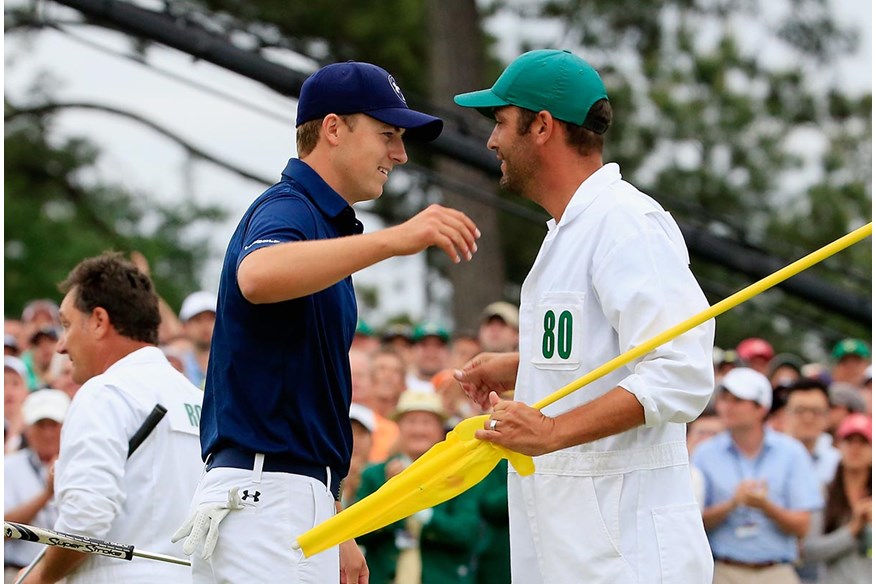
Carl Jackson’s lasting impact
Before retiring, Jackson even mentored Michael Greller, Jordan Spieth’s caddie, ahead of Spieth’s 2015 Masters win. Their bond, rooted in shared Texas ties and Augusta wisdom, helped Spieth tie Tiger’s tournament record at just 21.
Why this story matters now
As Masters week unfolds and all eyes turn to Augusta, don’t forget who walks those iconic fairways just a few paces behind the stars – or those who came before them. The legends in white jumpsuits – many of whom shaped this tournament long before most players were born – are part of what makes the Masters magic.
The Masters caddies, ranked by wins
Five victories
Willie ‘Pappy’ Stokes
1938 (Henry Picard); 1948 (Claude Harmon); 1951, 1953 (Ben Hogan); 1956 (Jack Burke Jnr)
Willie Peterson
1963, 1965, 1966, 1972, 1975 (Jack Nicklaus)
Four victories
Nathaniel ‘Iron Man’ Avery
1958, 1960, 1962, 1964 (Arnold Palmer)
Steve Williams
2001, 2002, 2005 (Tiger Woods); 2013 (Adam Scott)
MORE FROM THE MASTERS
– How you can play Augusta
– Everything the champion wins
– With anonymity guaranteed, the caddies reveal all about Augusta
-
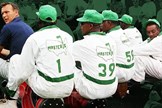 The caddies are a key part of Augusta and Masters heritage
The caddies are a key part of Augusta and Masters heritage
-
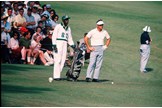 Arnold Palmer with Nathaniel 'Iron Man' Avery.
Arnold Palmer with Nathaniel 'Iron Man' Avery.
-
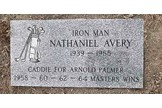 A plaque in tribute to Nathan 'Iron Man' Avery.
A plaque in tribute to Nathan 'Iron Man' Avery.
-
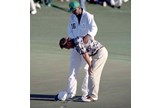 Ben Crenshaw breaks down with Carl Jackson after winning the 1995 Masters.
Ben Crenshaw breaks down with Carl Jackson after winning the 1995 Masters.
-
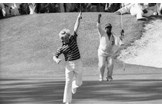 Jack Nicklaus and caddie Willie Peterson celebrate.
Jack Nicklaus and caddie Willie Peterson celebrate.
-
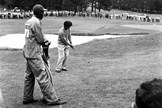 Willie 'Pappy' Stokes caddying for Ben Hogan.
Willie 'Pappy' Stokes caddying for Ben Hogan.
-
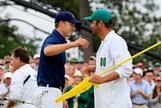 Jordan Spieth and Michael Greller.
Jordan Spieth and Michael Greller.
-
 Sarazen’s caddie ‘Stovepipe’ shows other caddies the club which hit ‘the shot heard around the world’; an albatross on the 15th in 1935.
Sarazen’s caddie ‘Stovepipe’ shows other caddies the club which hit ‘the shot heard around the world’; an albatross on the 15th in 1935.
-
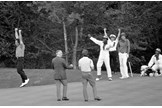 Jariah Beard jumps for joy as Fuzzy Zoeller wins the Masters in 1979.
Jariah Beard jumps for joy as Fuzzy Zoeller wins the Masters in 1979.
